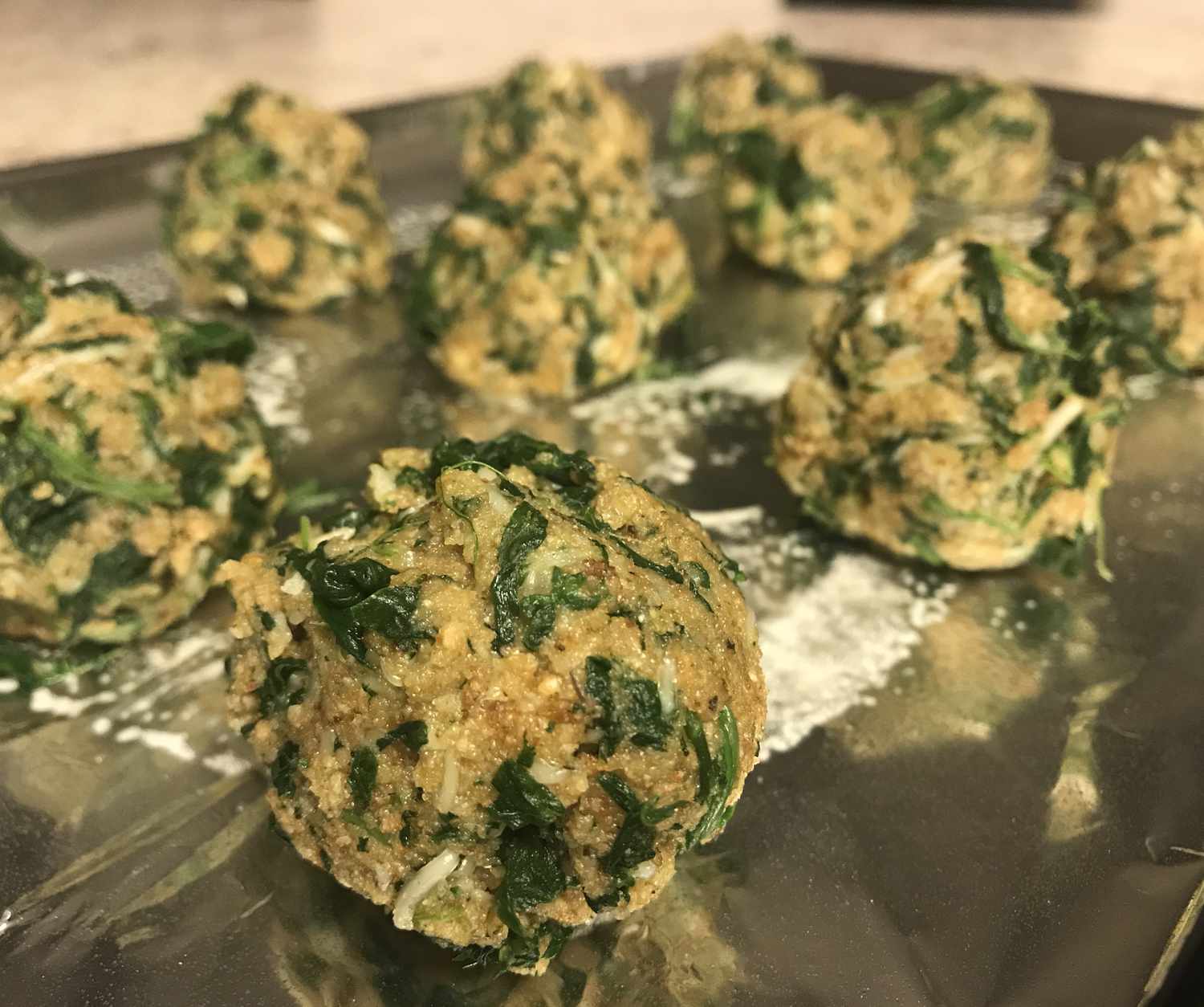Deliciously Irresistible Spinach Balls: A Wholesome Recipe for Flavorful Appetizers
Understanding Nutritional Information in Recipes
Nutritional information is crucial when preparing meals, especially for those mindful of their dietary choices. In this article, we’ll delve into the importance of nutrient data, how to interpret it, and how it can enhance your cooking experience.
The Importance of Nutritional Values
Why Nutritional Values Matter
Understanding the nutritional content of your meals allows you to:
- Make informed dietary choices.
- Align your meals with health goals.
- Manage specific dietary needs, such as weight loss or muscle gain.
Daily Value Percentages
Be aware that nutrient values are often based on a standard 2,000-calorie diet. This means your individual needs may vary:
- For a more accurate assessment, consider your unique caloric requirement.
- Adjust portion sizes accordingly.
Reading Nutritional Labels
Key Components of Nutritional Labels
When examining nutritional labels, focus on:
- Serving Size: Understand how much of the food you’re consuming.
- Calories per Serving: Keep track of caloric intake to manage weight.
Interpreting Percentage Daily Values
- 5% or less: Considered low for a nutrient.
- 20% or more: Considered high.
Common Nutrients to Monitor
While different recipes may vary, some essential nutrients to consider include:
- Fats
- Carbohydrates
- Proteins
- Vitamins and minerals
Limitations of Nutritional Information
Availability of Nutrient Data
Not all ingredients provide complete nutritional information. Key points to consider are:
- Some ingredients may lack data.
- Rely on the most accurate sources for nutrient info where possible.
Consult Professionals if Needed
If you follow a medically restrictive diet, it’s wise to:
- Speak with a doctor or registered dietitian.
- Ensure your recipes align with your health needs.
Practical Tips for Using Nutritional Information
Customizing Recipes for Health
By understanding nutritional values:
- You can substitute healthier ingredients.
- Adjust portion sizes for a balanced diet.
Keeping Track of Nutritional Intake
Utilize apps or journals to:
- Monitor daily nutrient intake.
- Adjust recipes to meet personal health goals.
Conclusion
Nutritional information plays a vital role in preparing healthy meals. By understanding and utilizing nutrient labels, you enhance your ability to create balanced recipes that cater to your health objectives. Whether you’re counting calories or ensuring you meet specific dietary requirements, being informed is key to successful meal preparation.







